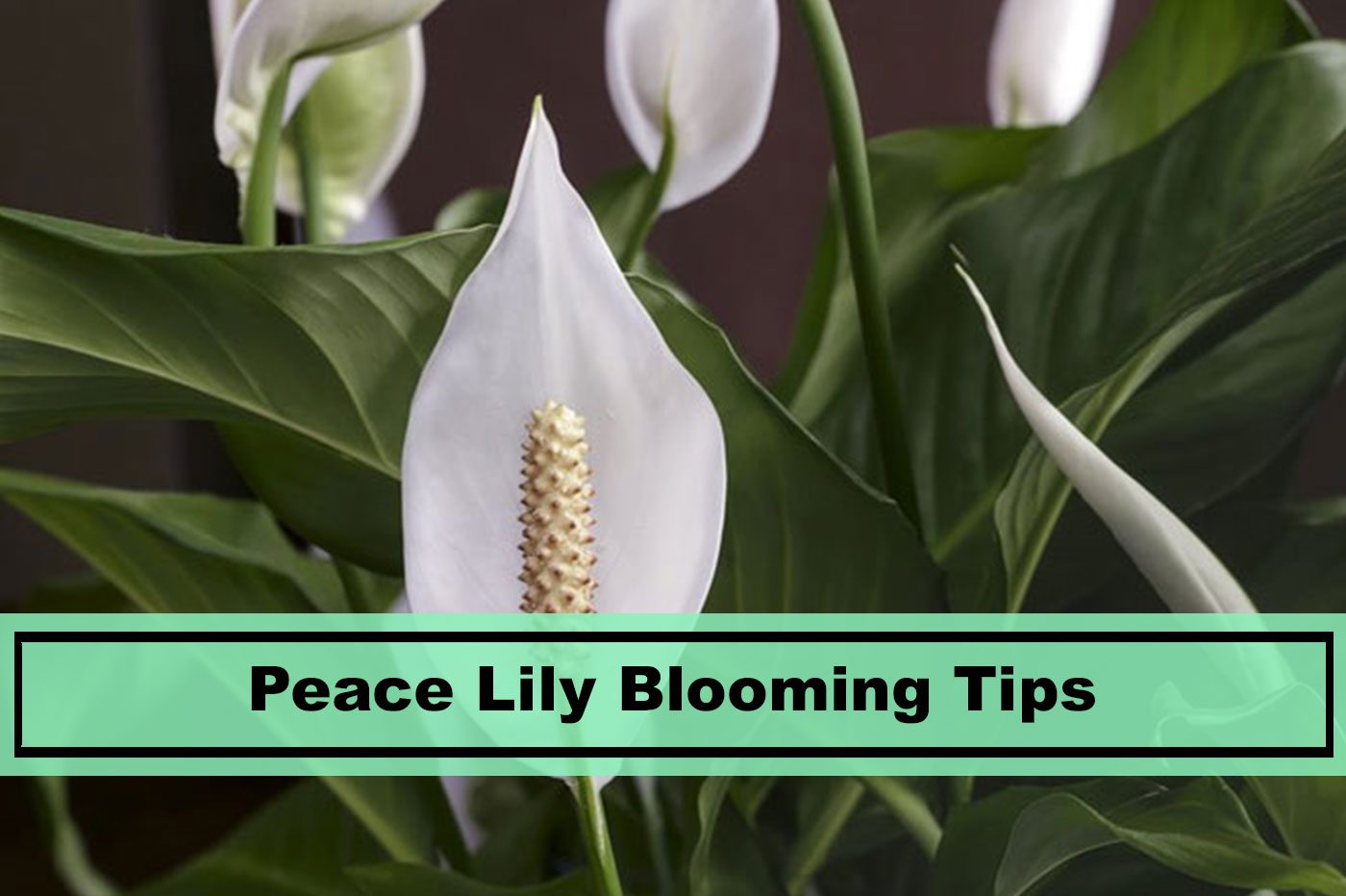
If the bulbs are too little or not yet fully developed, too crowded, planted too shallowly, or in excessive shade, lilies won’t bloom. Some lilies require a period of cold weather to blossom, therefore if Winter temperatures are too warm, they will not flower.
For lilies to bloom correctly, there has to be plenty of sunlight, adequate, continuous soil moisture, and minimal fertilizer.
Continue reading to learn the reason why your lilies aren’t blooming as well as all the best practices to guarantee that they do the following year.
Table of Contents
1. Size and Quality of Bulbs Can Affect Lily Flowering
If your lilies aren’t blooming a year or so after planting, the size and maturity of the bulb may be to blame.
Small bulbs frequently lack the resources and energy needed for the lily to grow and bloom in its first year since it takes a lot of energy for a bulb to flower.
Instead, they shift their focus from producing blooms for display to developing in the new soil. The bulb’s likelihood of blooming the following year increases as it develops and grows.
A lily with flowers is far more likely to grow from a larger, more mature bulb because they have more energy stored for the plant to flower in the spring.
To ensure healthy lilies and a good show of flowers after planting, it’s crucial to be picky when choosing bulbs for lilies or any flowering plants in garden centers. Make sure to choose the biggest, healthiest-looking bulbs you can.
2. Over Crowded Bulbs Causes Fewer Flowers
The bulbs being planted too closely together is a frequent cause of lilies failing to blossom.
When the green leaves develop in the spring because of the overcrowding, the bulbs will be contending with one another for space, nutrition, moisture, and sunlight.
Digging up the bulbs and planting them farther apart is the solution to this problem, ensuring that each lily has access to all the materials needed for blossoming.
Plant each bulb at least 8 inches apart for the best chance of a blossoming lily. This makes sure the lilies have enough room to grow and are near enough for a decent floral display.
If your lilies aren’t blooming and you know they are too closely spaced, dig them up (ideally in the fall) and move them to a more suitable location so they have time to adapt to their new environment before growing and blooming in the spring.
3. Shallow Planting of Lily Bulbs Reduces Flowering
Your lily bulbs’ ability to bloom may depend on the depth at which they are planted. Frost damage to bulbs planted too shallowly can prevent lilies from flowering, but bulbs planted too deeply may either flower later or not at all.
The optimum method for planting lily bulbs is to bury them four times as deep as each bulb’s diameter. As a result, the bulb is protected during the winter and can grow robust and healthy during the spring.
4. Lilies Prefer Full Sun for Blooms

While lilies planted in full or partial shade frequently grow but do not flower, with a good six hours of sun, the lily has the energy needed for flowering.
Consider trimming back any overhanging tree limbs or vegetation surrounding your lilies if they are in a shaded region of your yard to make room for more light.
The best course of action is to wait until the fall when the lilies foliage has died back and dig out the bulbs to transfer them in a sunny region of the garden if it is not possible to provide light by cutting back other plants and trees.
Try not to transplant the lilies while they are still developing in the spring or summer as this will result in transplant shock.
Your lilies will have more vigor in a sunny environment, which should lead to a good flower display.
Do keep in mind that drought is more likely in areas with full sun, so it is a good idea to mulch the ground around the lilies with compost to help with water conservation.
5. Lilies Require a Cold Winter to Display Flowers
The Asiatic lily is one of the most prevalent species of lily, yet it actually needs a cold winter to flower in the spring (a process known as vernalization)
This is due to the bulb’s adaptation to a seasonal cycle of temperature change, which allows the bulb to know when to start growing and producing blooms in the Spring.
If you are growing Asiatic lilies in a warm climate as opposed to a temperate environment, the Winter may not be cold enough for the plant to go through the vernalization process, which may cause the plant to not grow well and not flower.
It is advisable to choose the appropriate lily species that suits your climate because there isn’t much you can do (if you live in a hot area) to encourage flowers from Asiatic lily bulbs if the Winter is moderate rather than cold.
The Easter lily species is a more dependable lily for flowering if you reside in a hot area because it doesn’t require the vernalization process.
6. Too Much Nitrogen Causes Foliage with Fewer Flowers
Lilies frequently do not need additional fertilizer and grow best in rich, nutrient-rich soil.
If fertilizer is administered too early in the spring, before flowering, it can often result in lots of green foliage but few blooms (especially if it is high in nitrogen).
There isn’t much you can do to encourage flowering after fertilizer has been administered to a growing lily, except from reducing fertilizer use and waiting until the next year.
A fertilizer applied after flowering can be helpful for lilies that are in poor soil or even in potting soil where they may have consumed the nutrients.
A well-balanced all-purpose 10:10:10 NPK or possibly a tomato feed that is high in potassium can stimulate blooms and root development after the lily has finished flowering since the green foliage is storing nutrients and gathering energy from the sun to store in the bulb for next year’s flowers.
7. Removing Leaves From Lilies Too Early Reduces Next Years Flowers
Some gardeners may choose to remove the lily’s foliage in orderly formal gardens before the flowers open rather than waiting until the leaves turn yellow and brown in the fall.
However, if you remove the leaves from lilies after they have flowered, they won’t be able to store energy for the upcoming Spring and won’t produce flowers.
After blossoming, the lily’s leaves continue to live and use the remainder of the summer and fall to absorb nutrients and gain energy from the sun for the growth and display of flowers the following year.
In order to encourage the lilies to flower, it is best practice to wait until the leaves have turned yellow or brown at the end of fall before removing the foliage.
8. Drought Can Affect Lilies Blooming
Lilies require a balance of soil moisture that is regularly moist but not soggy or humid.
The bulbs of your lilies may rot in the ground, especially during the winter, if the soil is difficult to drain (due to clay soil or wet locations).
The bulbs, however, do not have the moisture they need to properly grow and flower if the soil is too dry.
For lilies, soil may be excessively dry because
- composed of sandy, quickly draining soil that does not retain moisture.
- The soil dries out when it receives too much direct sunlight.
- The bulbs are vying for moisture with tree roots.
You should plant flowering lilies on soil that has been improved with compost or leaf mold to attain the ideal moisture balance.
The best growing conditions for lilies are moist soil and compost, but leaf mold also has the capacity to hold moisture while yet having a porous structure that allows excess water to drain away from the bulbs.
In order to prevent the lilies from suffering from drought, a compost mulch placed in the spring can help to retain moisture and keep improving the soil’s nutrient profile and structure.
If there hasn’t been any rain, give the soil a good soak and feel the soil with your fingers to see if you can feel wetness. Water the soil if it begins to dry up, but if it’s still moist and the mulch is efficiently retaining moisture, you don’t need to water it any more.
The lilies should flower nicely the next year with good, continuous soil moisture (however well draining soil to prevent the lilies bulbs from decaying).
Key Takeaways:
FAQ
How do you get a lily to bloom?
For best blooms, lilies prefer full sun. For the majority of lily species, 6 or more hours of sun per day are ideal for bloom display. While lilies planted in full or partial shade frequently grow but do not flower, with a good six hours of sun, the lily has the energy needed for flowering.
Why are my lilies not opening?
Lilies frequently require further cuts to stimulate the buds to open. As a result, they might not open if you are merely re-cutting them during preparation. Lilies should be recut every few days to encourage the buds to open.
Why are my lilies not blooming?
Lies frequently don’t bloom because the bulbs are too small, crowded, or planted too shallowly. Flowering can also be hampered by inadequate sunlight, dryness, excessive fertilizer, and moderate winter temperatures. After blossoming, cutting off the leaves can stop lilies from blooming the following year.
